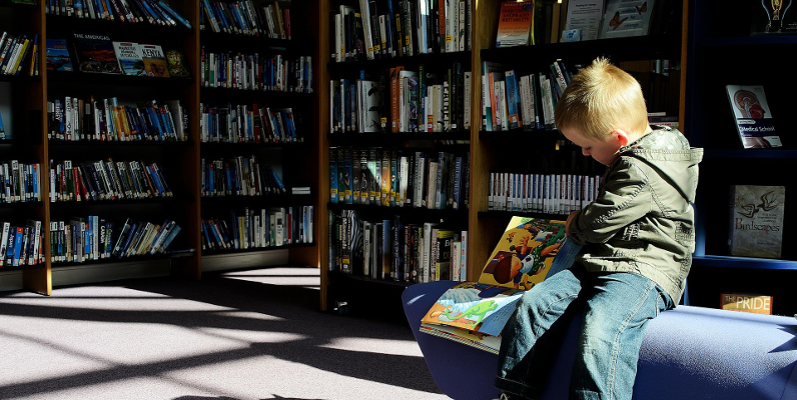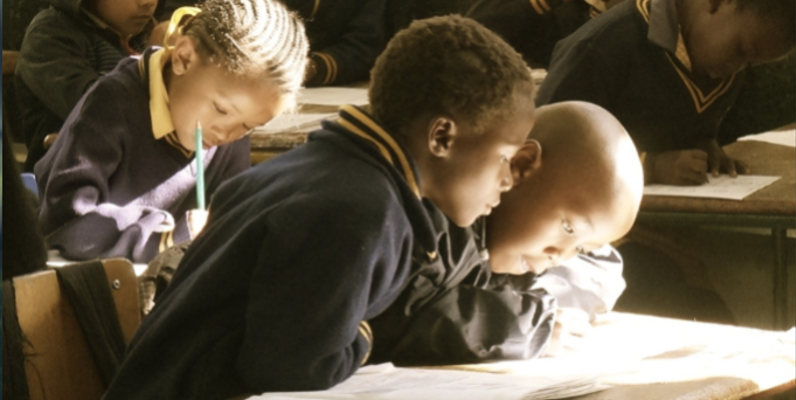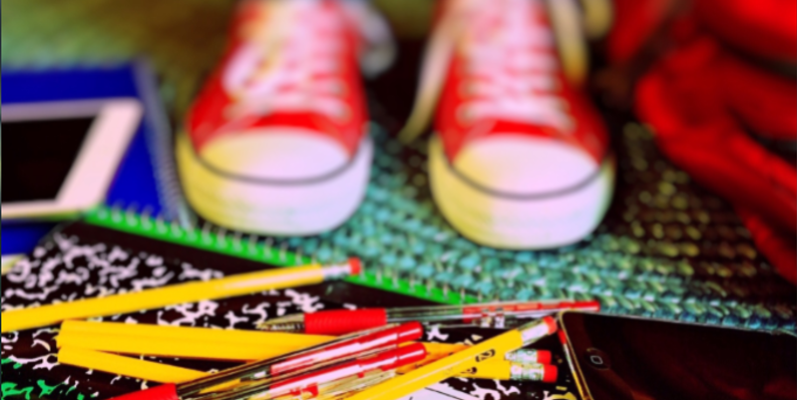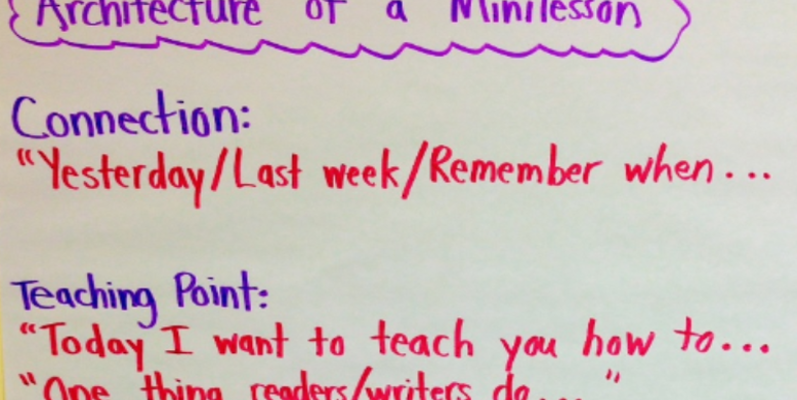It’s one of the most challenging strategies for students to understand, and one of the most problematic strategies for teachers to instruct. Summarizing has to be repeatedly modeled, the process of writing summaries requires well-planned scaffolding and students need a lot of time and opportunity to practice. Students need to summarize across content areas, but …










